Is Xpeng's Intelligent Driving Light a 'Signal Revolution' or a Redundant Gesture?
![]() 03/17 2025
03/17 2025
![]() 589
589
As intelligent driving transitions from a luxury feature to a 'standard', automakers may seek to differentiate themselves through innovative solutions like intelligent driving lights.
Following a series of high-profile announcements, this year is poised to be a pivotal one for the widespread adoption of intelligent driving, with industry giants like Changan and BYD leading the charge with their respective intelligent driving models.
Models priced around 100,000 yuan now offer high-speed pilot assistance, while those around 150,000 yuan can achieve urban intelligent driving capabilities. Intelligent driving is no longer exclusive to premium models but has become a standard feature across the board.
Highlighting intelligent driving capabilities has emerged as a new promotional frontier for automakers.
Brand posters often flaunt the number of kilometers driven with intelligent driving to showcase their prowess. However, Xpeng has opted for a more innovative approach, utilizing exterior lights to alert other road users that its vehicles are equipped with intelligent assisted driving systems.
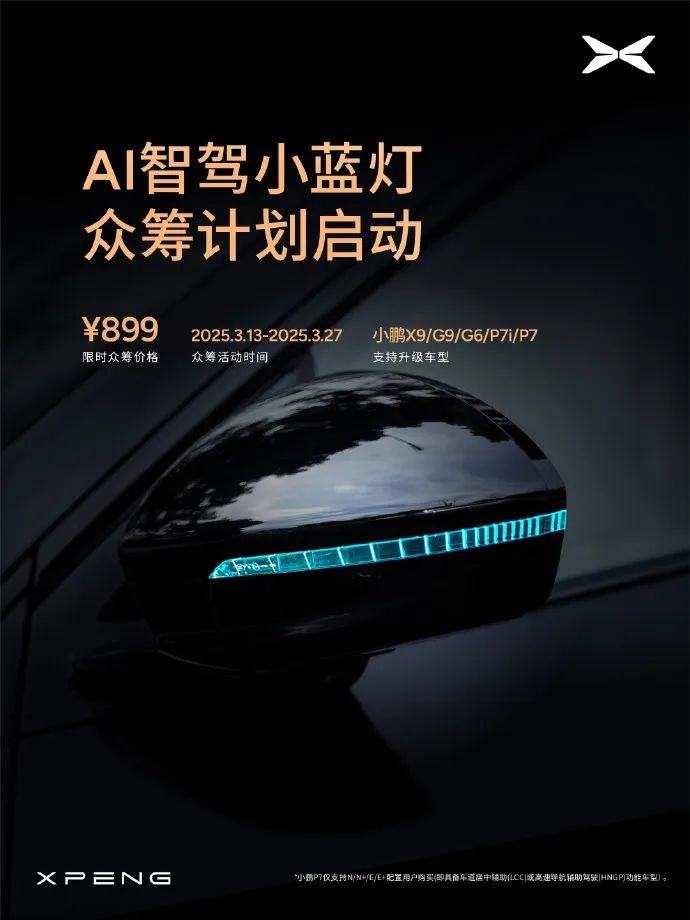
This feature debuted on the Xpeng P7+ model and was recently expanded through a crowdfunding campaign for an upgrade to the intelligent driving blue light, allowing owners of older models to upgrade their hardware and software for just 899 yuan.
After shifting to a vision-based solution and abandoning LiDAR, Xpeng aims to maintain its leadership in intelligent driving with the introduction of the intelligent driving blue light.
As a relative newcomer, Xpeng is increasingly focusing on this seemingly unconventional feature.
What Are Intelligent Driving Lights?
The concept of intelligent driving lights was first introduced in China by Li Auto, inspired by the SAE J3134 technical standard set by the Society of Automotive Engineers (SAE) in the United States for automated driving system marker lights.
According to the SAE J3134 standard, automated driving indicator lights must use a turquoise light source to distinguish them clearly from existing traffic lights (red, yellow, green) and conventional vehicle indicator lights (e.g., amber for turn signals, red for brake lights), thereby avoiding confusion.
The use of these lights is also specified for L3 autonomous driving systems. In the United States, Mercedes-Benz was the first automaker to adopt the SAE J3134 technical standard, installing four intelligent driving lights on the EQS model, positioned at the front and rear of the vehicle and on the exterior rearview mirrors.
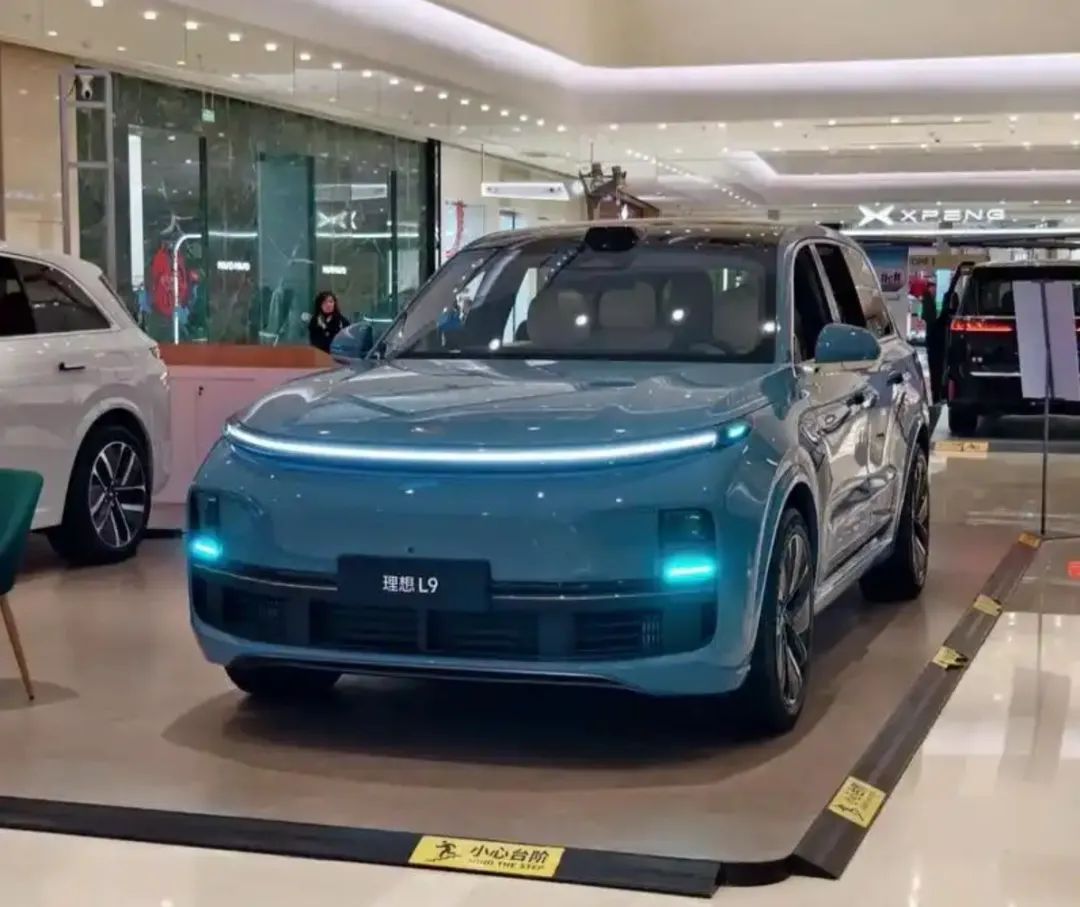
In China, where no mass-produced L3 autonomous vehicles are currently on the road, Li Auto was the first to incorporate intelligent driving light prompts into L2+ assisted driving systems. Unlike the SAE J3134 standard, Li Auto's intelligent driving lights can be toggled on or off at the user's discretion.
The original intent behind intelligent driving lights is to visually represent the autonomous driving status, enabling users and other road participants to quickly ascertain the vehicle's situation. This also facilitates the determination of responsibility in traffic accidents. For instance, if the indicator light is off at the time of an accident, it can be inferred that the system was not active, placing the responsibility on the driver; otherwise, further analysis of system data is required.
However, deploying intelligent driving lights for L2+ assisted driving systems does not inherently provide liability division functionality. They are more geared towards visualizing the driving status.
In the early stages of intelligent driving assistance systems, almost all brands (except Tesla) opted for a multi-sensor fusion solution that included LiDAR. The prominent LiDAR mounted on the roof became a clear indicator of a vehicle's advanced intelligent driving capabilities.
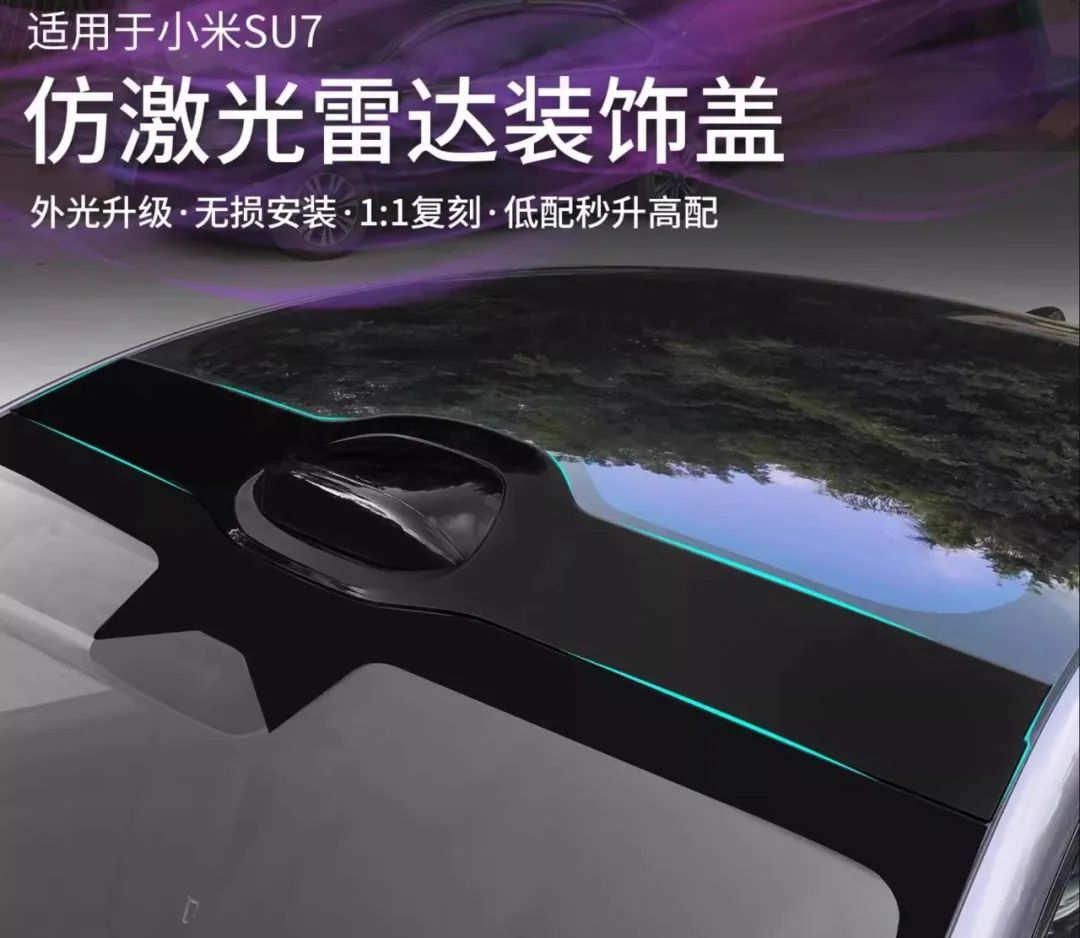
During this period, a humorous accessory emerged in the third-party accessory market: a fake LiDAR accessory that allowed car owners to give their vehicles a high-end appearance. A hundred-yuan accessory could successfully elevate the vehicle's perceived value by tens of thousands of yuan.
As intelligent driving entered the AI-driven era, Xpeng became one of the first domestic automakers to follow Tesla's lead, transitioning to a vision-based solution and eliminating LiDAR. This includes the latest Xpeng G6 and G9 models, which also forgo LiDAR.
To showcase its advanced intelligent driving capabilities, Xpeng chose to introduce intelligent driving lights. This visible light setting allows Xpeng to continue promoting its intelligent driving prowess.
Compared to LiDAR, this setting is more effective in terms of promotion. Even if a vehicle is equipped with LiDAR, it is still impossible to ascertain from the outside whether intelligent driving is enabled. The introduction of intelligent driving lights clearly indicates the status of enabled intelligent driving to the outside world, thereby enhancing promotional efforts.
This is the rationale behind Xpeng's crowdfunding campaign for intelligent driving blue lights, which converts the owner community into a new promotional channel, creating a broader advertising effect and achieving the goal of maximizing impact with minimal resources.
Numerous Challenges
The implementation of intelligent driving lights has been a topic of discussion within many automakers. Besides dedicated intelligent driving lights, some automakers have employed other methods to indicate the intelligent driving status, such as digital light language.
Currently, only Li Auto and Xpeng have chosen to equip intelligent driving lights in China, while more automakers remain in a wait-and-see stance due to various concerns.
First, there is the regulatory aspect. China currently lacks mandatory standards for intelligent driving lights, and there are no design standards for their color, position, and brightness. The SAE J3134 standard in the United States is tailored for L3 autonomous driving and is not applicable in China.
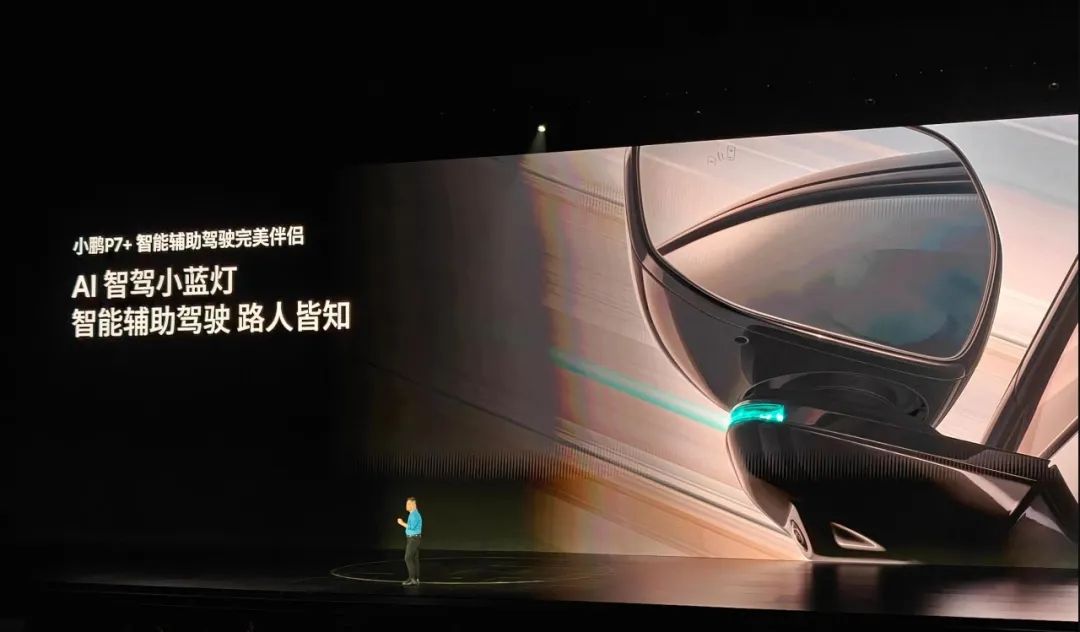
Second, there is the issue of safety. In the absence of national standards for intelligent driving lights, the color and brightness settings must be carefully considered. They must serve as a reminder while ensuring that they do not cause light pollution, particularly affecting driving.
On today's roads, even the misuse of lights can have significant impacts, such as using fog lights on a sunny day, which can adversely affect following vehicles.
Most importantly, there is the question of whether the use of intelligent driving lights will introduce other issues. Due to regulatory compliance, intelligent driving systems adhere more strictly to traffic rules than manual driving. Some netizens have noted that the most courteous vehicles at zebra crossings are various autonomous driving test vehicles.
For safety reasons, intelligent driving models adopt a more cautious approach on the road, especially when encountering uncivilized behaviors like lane cutting. Intelligent driving systems generally choose to yield. Will the use of intelligent driving lights encourage more lane-cutting behaviors?
Particularly, all mass-produced models from automakers still utilize L2-level assisted driving, with all legal responsibilities resting on the driver. Therefore, the implementation of intelligent driving lights merely provides a status prompt for the owner and cannot serve the purpose of liability division.
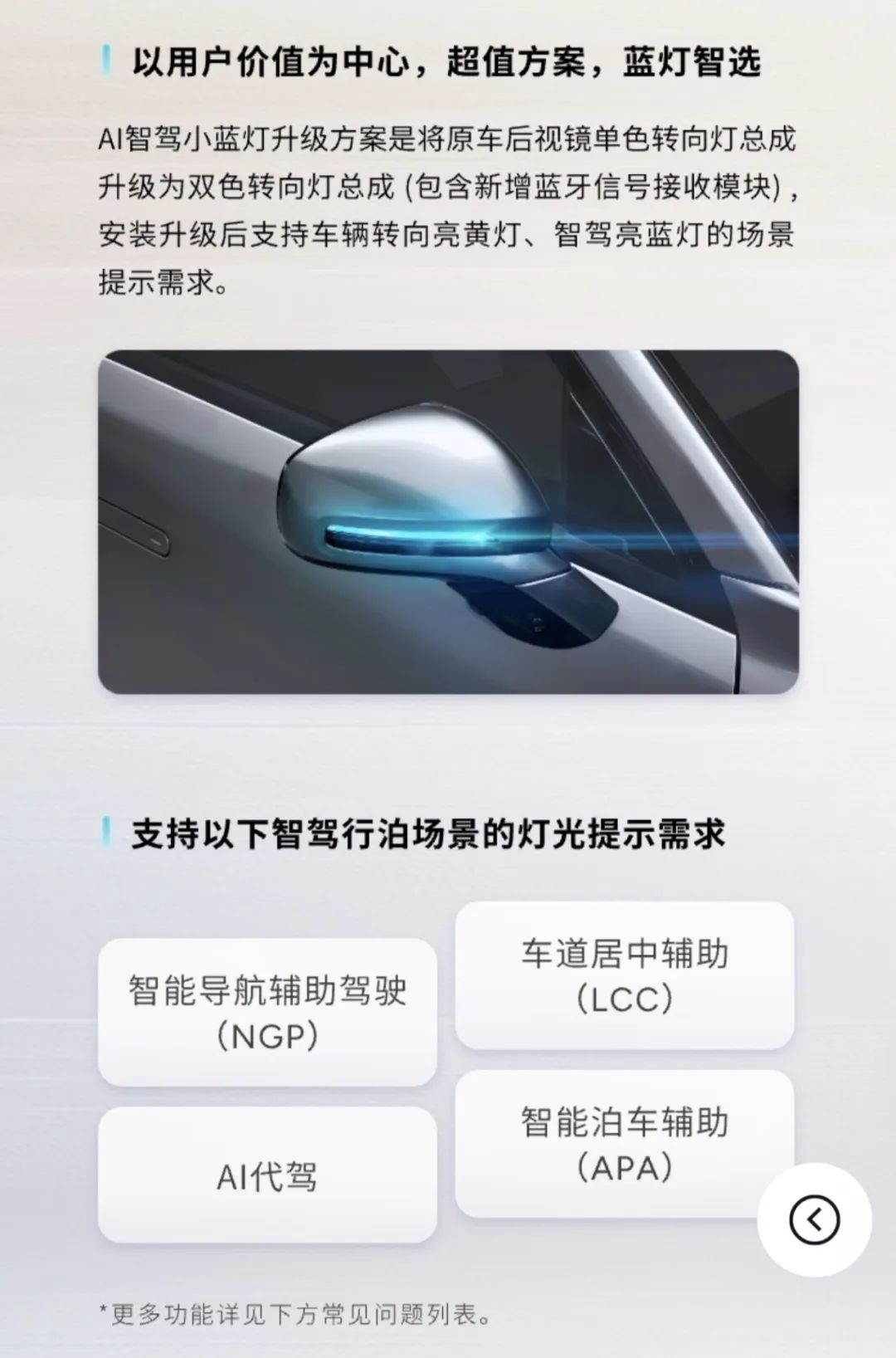
For automakers, besides considering usage, they must also factor in production costs. In the current fiercely competitive price war, any additional hardware costs will impact the final selling price.
For Xpeng, reducing the installation of LiDAR significantly lowers costs. Even with the addition of intelligent driving lights, the overall cost remains reduced. According to Xpeng's official crowdfunding introduction, the research and development, production, testing, and installation costs for the entire modification kit amount to just 899 yuan. If considered during the design phase, the cost would be even lower.
However, for other brands that already have LiDAR installed, intelligent driving lights, which currently seem dispensable, do not add substantial value but rather increase costs. Judging from Li Auto's experience over the past few years, intelligent driving lights have not generated a significant promotional effect.
It is undeniable that as intelligent driving accelerates its popularization, leading automakers are rapidly advancing towards L3 and higher-level autonomous driving technologies. Many local governments have also issued regulations recommending that enterprises install intelligent driving lights on autonomous driving test vehicles.
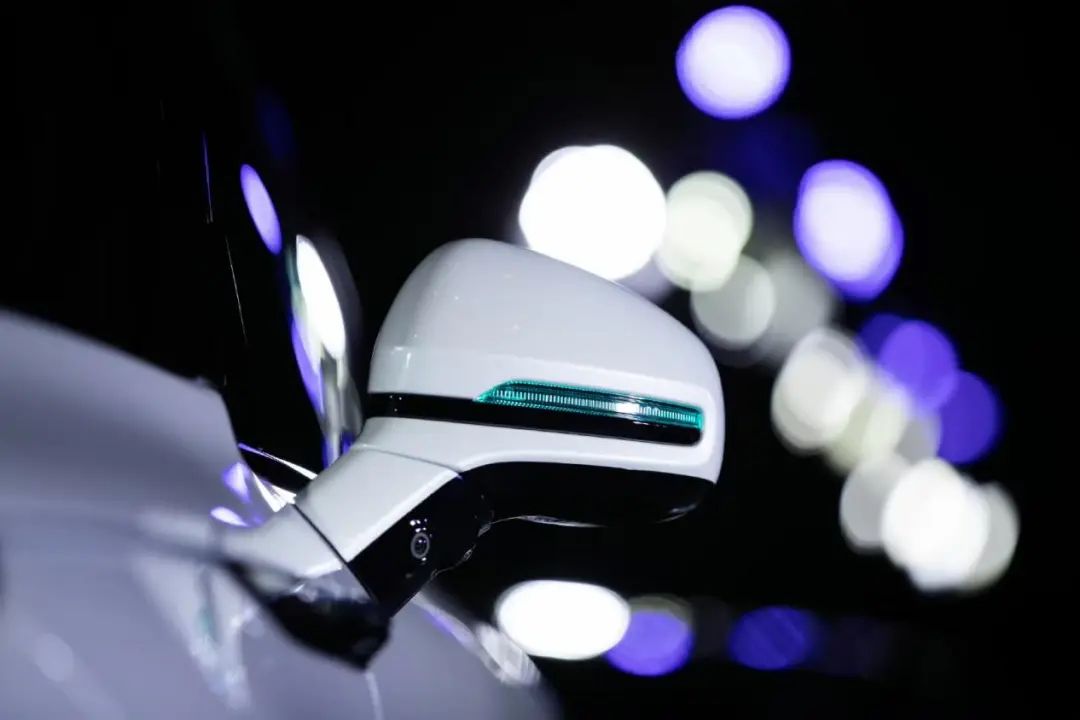
According to spy photos circulating online, Xiaomi's upcoming car, the YU 7, will also be equipped with intelligent driving lights, becoming a new entrant in this field.
Lights, as a unique language in automotive driving, have always played a crucial role in communicating with the outside world. Intelligent driving systems are also learning this language. The introduction of intelligent driving lights can, to a certain extent, better enhance the popularization and capability improvement of autonomous driving.
The proliferation of intelligent driving lights can be seen as a hallmark of autonomous driving technology maturing. With the advancement of autonomous driving technology, driving seems to have become much easier. In the future, with the commercialization of L3 autonomous driving, intelligent driving lights may become the 'basic grammar' for the harmonious coexistence of smart cars and human society, pushing human-vehicle-road collaboration into a new era.
Note: Some images are sourced from the internet. If there is any infringement, please contact us for removal.
-END-







